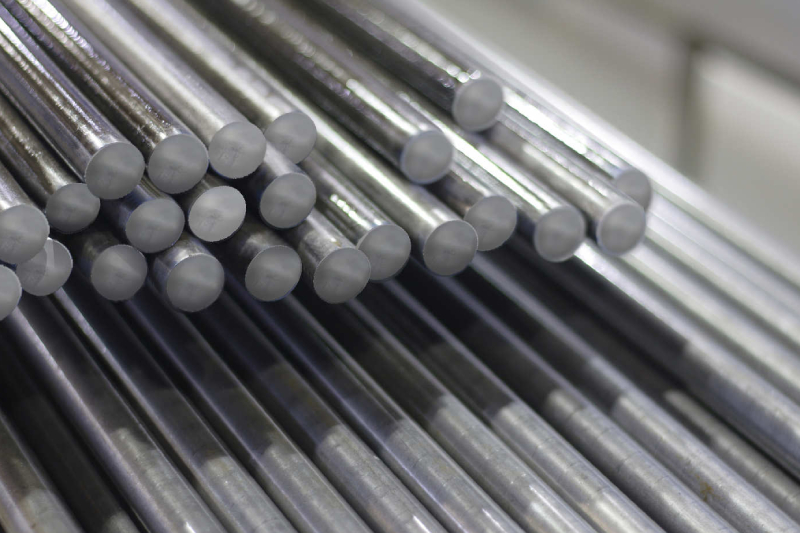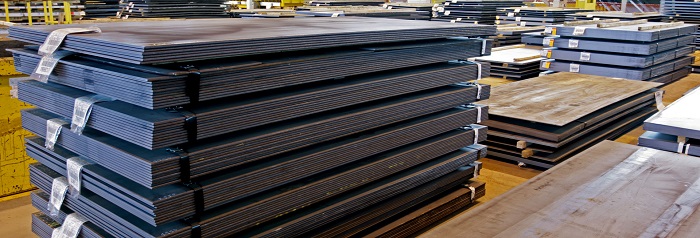
Learn How Carbon Can Impact Steel Quality
Iron and steel are two of the most important building materials in the world. This article will discuss the basics of steel and the consequences of adding carbon.
So, what Is Steel Exactly?
Steel is a type of alloy. Essentially, an alloy is a mixture of metals or a mixture of metals and another chemical element. Steel alloys are made by melting iron and alloy components at extremely high temperatures.
Carbon is the most common element in steel alloys. While steel alloys are made of several elements combined with iron, carbon is the most common and least expensive. Steel made of Iron and carbon is also known as carbon steel. Low alloy steels usually contain carbon and minor amounts of alloying elements such as chromium or manganese.
Here is a closer look at steel and how carbon interacts with iron at the molecular level and how these interactions affect the properties of the finished product.
What Happens If Carbon Concentration Increases?
Increases the brittleness
Carbon concentration increases the hardness of the metal. It is, therefore, crucial to control the metal’s hardness as it can lead to brittleness. Brittleness can affect the performance in some applications. For example, imagine you have recently been using a drill bit, and it breaks during a task. The defect may have been caused by the tool’s high carbon content, making it extremely brittle. The presence of carbon in a material contributes to its brittleness, yield point, tensile strength, and corrosion.
Decreases the weldability
Steel’s weldability decreases with increasing carbon content, especially if it is more than 0.25 per cent. Plasticity and ductility have very similar properties. Imagine a blacksmith pounding on a knife blade. If the metal has too much carbon, it can shatter, making it unusable for shaping or forging.
Causes corrosion
The increased carbon content also reduces the air corrosion resistance of metals, which causes them to rust. Such metals are prone to rust when exposed to harsh environment.

Why is it essential to determine the carbon equivalency of the steel?
Knowledge of Carbon equivalency is necessary to ensure that steel products can be welded for high quality final products. Welding is also a critical component in many industrial applications. Repair works like Hbd metal gate repair(https://www.brooklynz.com.sg/hdb-metal-gate-repairs/) provided by Brooklynz Stainless Steel Pte Ltd the leading stainless steel fabrication company often require strong metals to withstand the impact of welding. It is therefore important to determine the carbon equivalency of the metal. Following are few advantages of having a carbon equivalency rating of steel.
- It gives welders an indication of the hardness of the steel and also other characteristics.
- It shows whether the properties change if placed the metal is subjected to specific heat.
- It allows welders to determine whether two metals will be compatible if they are joined using welding.
This knowledge is critical for professional welding.
Carbon steel and its properties
Steel Classification Systems is a type classification system that classifies steel based on its carbon content. Carbon steels are usually divided into low carbon (mild), medium carbon steels, and high carbon steels. The last two or three numbers in the classification indicate the maximum carbon content allowed for the steel. It is expressed in hundredths to a percent.
Low carbon steel is also known as mild steel. It contains 0.10 to 0.30 per cent carbon. This steel is less carbon-rich and, therefore, more malleable.It is easy to roll the material into thin sheets, and it can also be welded. The material is used in many applications, including household appliances and automobile body panels. They are also used to make metal gates. Metal gate repair is much easier because of its low carbon content.
Properties of carbon steel
- Tensile strength: It refers to the maximum load a material can withstand before it breaks down.
- Ductility: It is defined as the property of a solid material that can deform under stress. That is what makes a material different from other materials in the same category.
- Thermal conductivity: It is the ability of a material to transmit heat.
- Corrosion resistance: This property can resist chemical interactions with caustic chemicals that could corrode or kill a material.
The final properties of the steel product are affected by the chemical composition of the raw material, the design of the processes and the heat treatment. Continue reading
